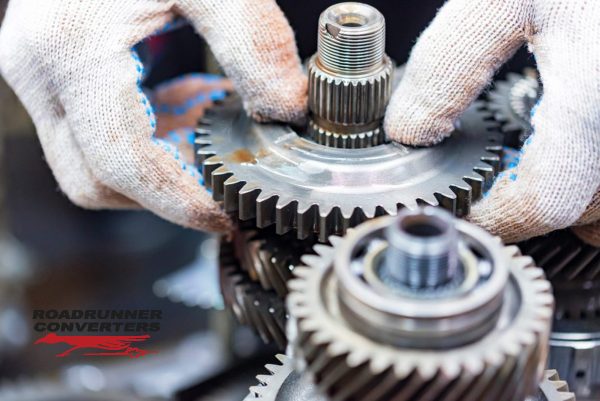Torque Converter Stall Defined
The torque converter stall, this is a term that is common, however, it is also common for it to be misunderstood. It means that the converter is going to keep the engine speed at a certain speed and will not let the engine go any faster than that. Stall means speed and converter means to control that speed. One could also think of it as ‘the engine stalls’. Engine being the keyword here! One of the functions of the engine’s peak torque is the converter. The converter is what causes the stall when the engine reaches a certain speed, and the speed at which the stall will occur depends on the given converter.
Obviously, the stall speed for a given converter is not going to be coupled in the same way for a tamed small engine block as it would be in a big block engine that has muscle features added to it. It is significant to take into account when comparing stall speeds that it depends on the engine, for there are many factors to consider, such as whether or not it is a big block engine, a small engine, and whether or not the engine has been customized. The best way to determine a true converter stall is to use a trans-brake.
You also are not going to get a true stall value using the method of locking the wheel brakes, because this does not generally produce its true value, and the reason for this is that the engine’s power can sometimes make the wheel turn by over powers the brakes. If the stall speed has been determined using this method, it should be mentioned when talking about the stall speed for the means of determination. Determining the stall speed with flash stall is done by launching when at full throttle, then observing what the peak speed obtained is when its launched.
The correct stall speed to fit your vehicle will need to be selected by matching it to the vehicles engine peak torque, as well as the engine’s torque curve shape, and the vehicles weight. Generally, a stall speed when selected to go with your converter is going to be 500 – 700 rpm’s below the engine’s peak torque. At the speed of 700 rpm’s it will leave room for the process of the torque reserve when taking off, and if someone tries to select the stall speed that has never done it before they should under estimate it rather than over estimate.
If the output of the torque is over estimated, the converter’s stall speed will be too low, which will make the car start out slow, with a slow ET. When a car’s stall speed has been properly selected the car will take off much better and have a better ET. Knowing this will help in understanding the significance of consulting a professional when considering selecting a stall speed.
The stall speed has been balanced off to fight off inefficiency after taking off. To get the desired stall for the cars performance after taking off can be as costly as it would be to select and install an improper stall speed in the first place. There has been careful selection and changes of design made on the optimum converter, making changes to the turbine, stator, and impeller.
Stall Speed Too Low
How does this translate to a torque converter with a low stall speed? Both the Dodge and the Ford torque converters will stall between 2000-2500 RPM – so, with a heavy load, the converter will not begin to turn the back wheels until beyond the torque peak.
Stall Speed Too High
In this particular case, the stall speed will be too high and it will be impossible to get the engines full power to the back wheels. In order to access this potential power of the engine, the stall speed needs to be lowered.
Road Runner Converters Offers Many Torque Converter Replacements
Road Runner Converters offers many torque converters for sale online. We offer GM Torque Converters, Ford Torque Converters, Diesel Torque Converters, Towing Torque Converters, Street Torque Converters and more.





